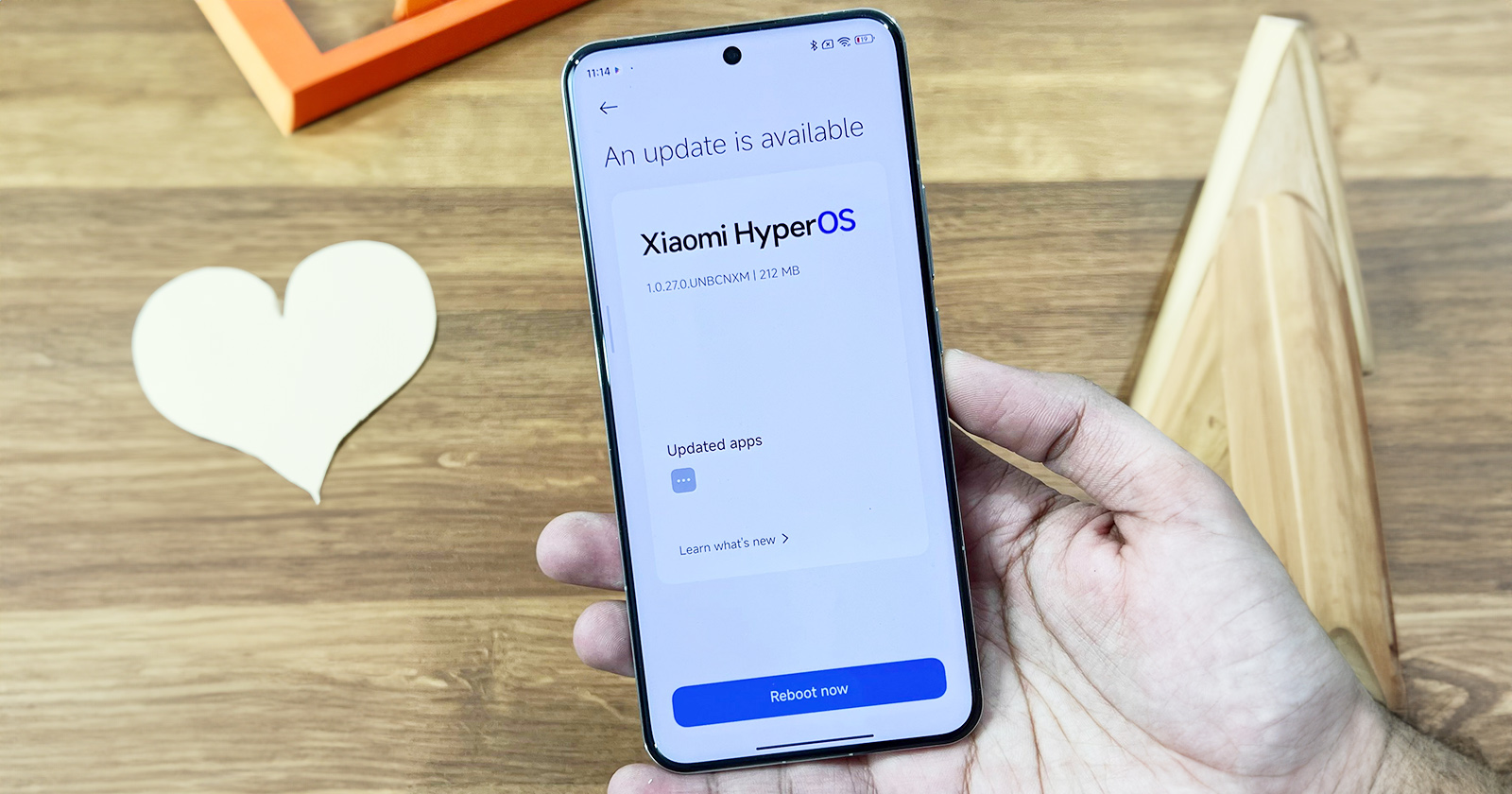In the past, custom ROMs held a special place in the hearts of Android enthusiasts, offering a plethora of features and performance enhancements beyond what the stock ROMs provided. They allowed users to tinker with their devices, customize the user interface, and even breathe new life into older smartphones. However, over the years, the popularity of custom ROMs has seen a decline, and the once-thriving community has somewhat lost its momentum. This article explores the reasons behind this decline and the changing landscape of smartphone software.
Improvements in Stock ROMs
One of the main reasons custom ROMs have lost their appeal is the significant improvement in stock ROMs provided by smartphone manufacturers. In recent years, manufacturers have invested heavily in refining their user interfaces, optimizing system performance, and addressing previous issues, making stock ROMs stable and reliable. As a result, the need to install custom ROMs for a smoother experience has diminished.
Closed Source Features
Another factor contributing to the waning popularity of custom ROMs is the integration of closed-source features by smartphone manufacturers. With the rise of proprietary software and exclusive features embedded within stock ROMs, users are tempted to stick with the official firmware. These proprietary features often become unavailable or unstable when using custom ROMs, leading users to opt for the more reliable stock experience.
Reduced Hardware Limitations
In the past, custom ROMs were a popular choice for extending the life of older devices by providing updated software beyond the manufacturers’ support period. However, with technological advancements, newer smartphones come equipped with powerful hardware, enabling them to run the latest official software with ease. As a result, the need to install custom ROMs on modern devices has diminished.
Complexity and Risks
Custom ROM installation can be a daunting task for many users. The process often involves unlocking the bootloader, flashing the ROM, and dealing with potential compatibility issues. Additionally, there’s a risk of voiding warranties or even bricking the device during the installation process. These complexities and risks have deterred casual users from venturing into the world of custom ROMs.
Emphasis on Security and Privacy
In recent years, cybersecurity and data privacy have become crucial concerns for smartphone users. Stock ROMs are generally considered more secure because they undergo rigorous testing and receive timely security updates from the manufacturers. On the other hand, custom ROMs, especially those developed by independent developers, might not offer the same level of security and could pose potential risks to users’ data.
While custom ROMs once represented the epitome of Android customization and innovation, their popularity has gradually declined in recent years. The improved quality of stock ROMs, the integration of closed-source features, reduced hardware limitations, complexities in installation, and concerns over security and privacy have all contributed to this decline. Nevertheless, the custom ROM community still exists, catering to a niche group of advanced users who prioritize customization, experimental features, and device longevity. As smartphone technology continues to evolve, the landscape of custom ROMs may experience shifts and adaptations, but their significance as a symbol of Android’s open-source spirit will remain.







